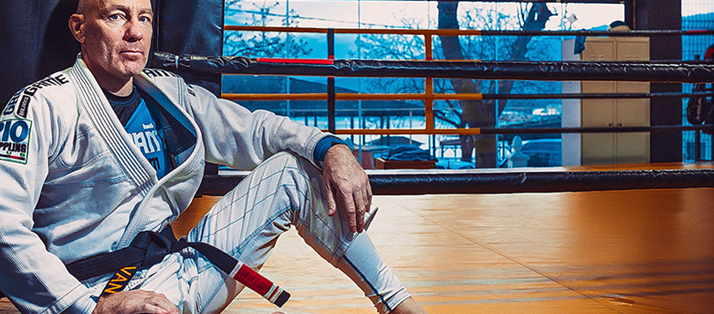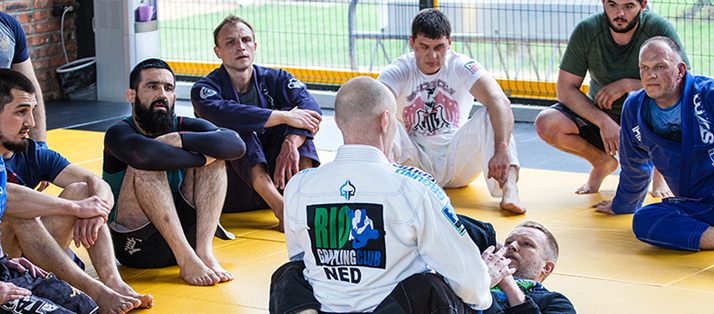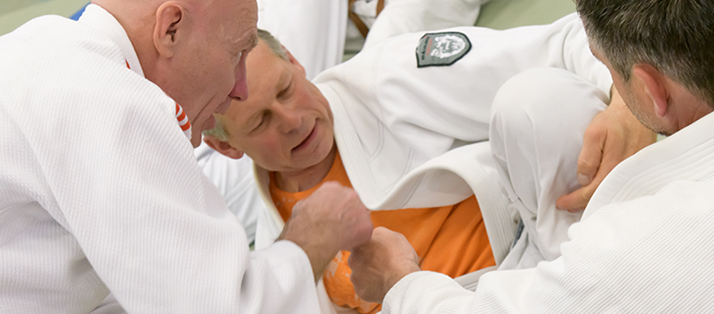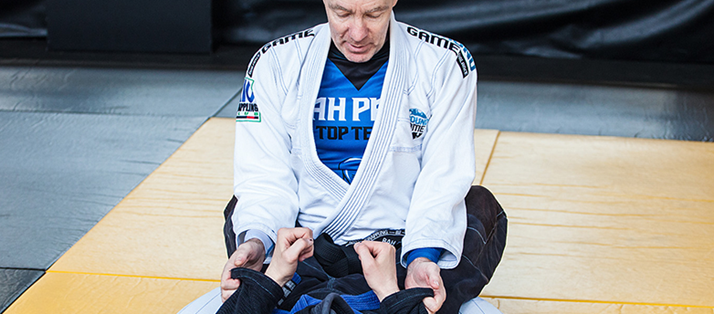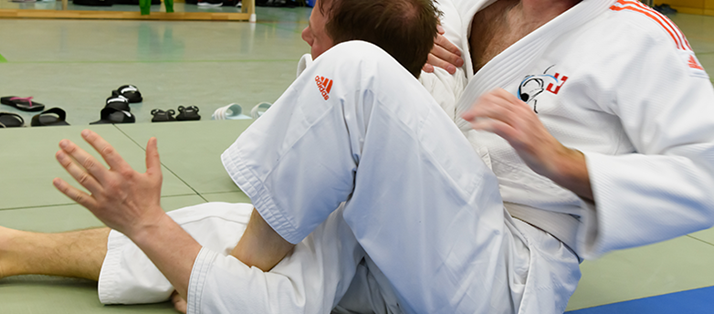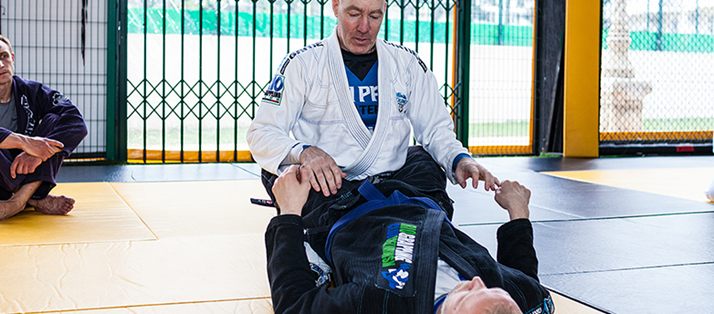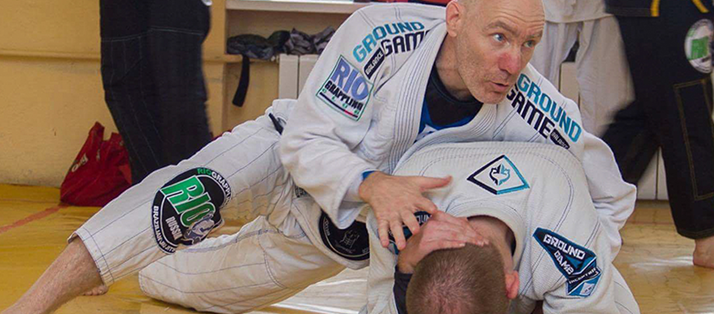What is BJJ?
Brazilian Jiu-Jitsu
Brazilian jiu-jitsu was developed from the Japanese martial arts judo and jiu-jitsu in the area of ground fighting, where the focus of the techniques was also placed. Throwing techniques are also taught during training, especially as the competitions also begin in a standing position. As the name suggests, it originated in South American Brazil.
There are various sports associations that have organized themselves professionally for this sport: The largest association is the IBJJF (International Brazilian Jiu Jitsu Federation).
Is BJJ easy to learn and for everyone?
Yes and No!
There are many exercises and techniques that are both easy and very difficult. There is a very wide range of difficulty levels. That's what makes this sport so interesting - you can start very quickly, but you can constantly develop and never get bored. Every body is different - size, weight, girth, flexibility, strength, endurance, etc. So everyone can work on their weaknesses as well as their strengths. And the techniques are different for every training partner - so there is also a lot of variety and a great learning experience about your own body and other people's bodies.
What does the graduation system look like?
Youth & adults have their own belts depending on their performance level
A distinction is made between gradings (belt colors) for children up to the age of 15 and for adults (from the age of 16). These belts are awarded by the trainer (usually a black belt) depending on progress, commitment or performance in competition. The belt system is based on the Japanese Kyu and Dan belt system of Judo and Jiu-Jitsu. However, the belts differ at the end with a short black sheathed part. Up to four white stripes are attached to this as fine gradations or intermediate gradations.
The collors from Beginner to Master:
Colors for Childrens Belts (till 15. Years) | Adult Graduation Belts (from 16 Years) | Master Graduation Belts |
| White |  | White |  | Black(bis 6. Dan) | 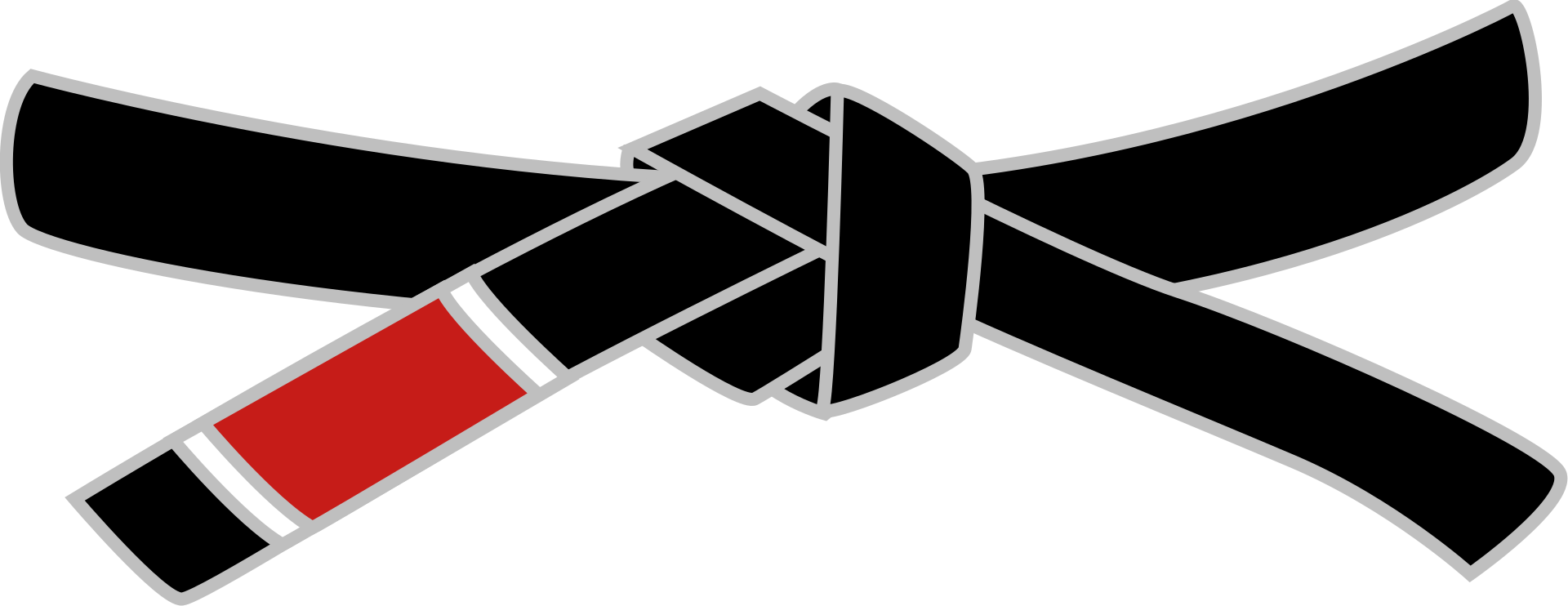 |
| Grey |  | Blue | 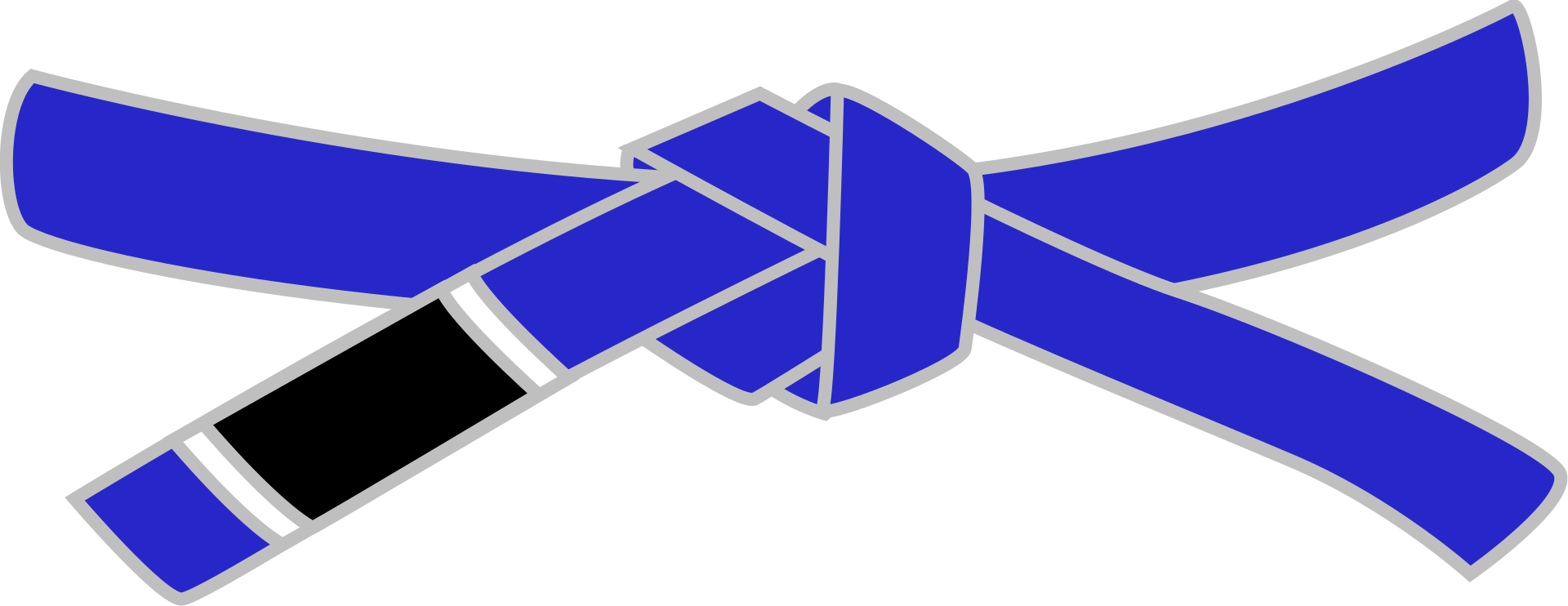 | Black/Red (7. Dan) | 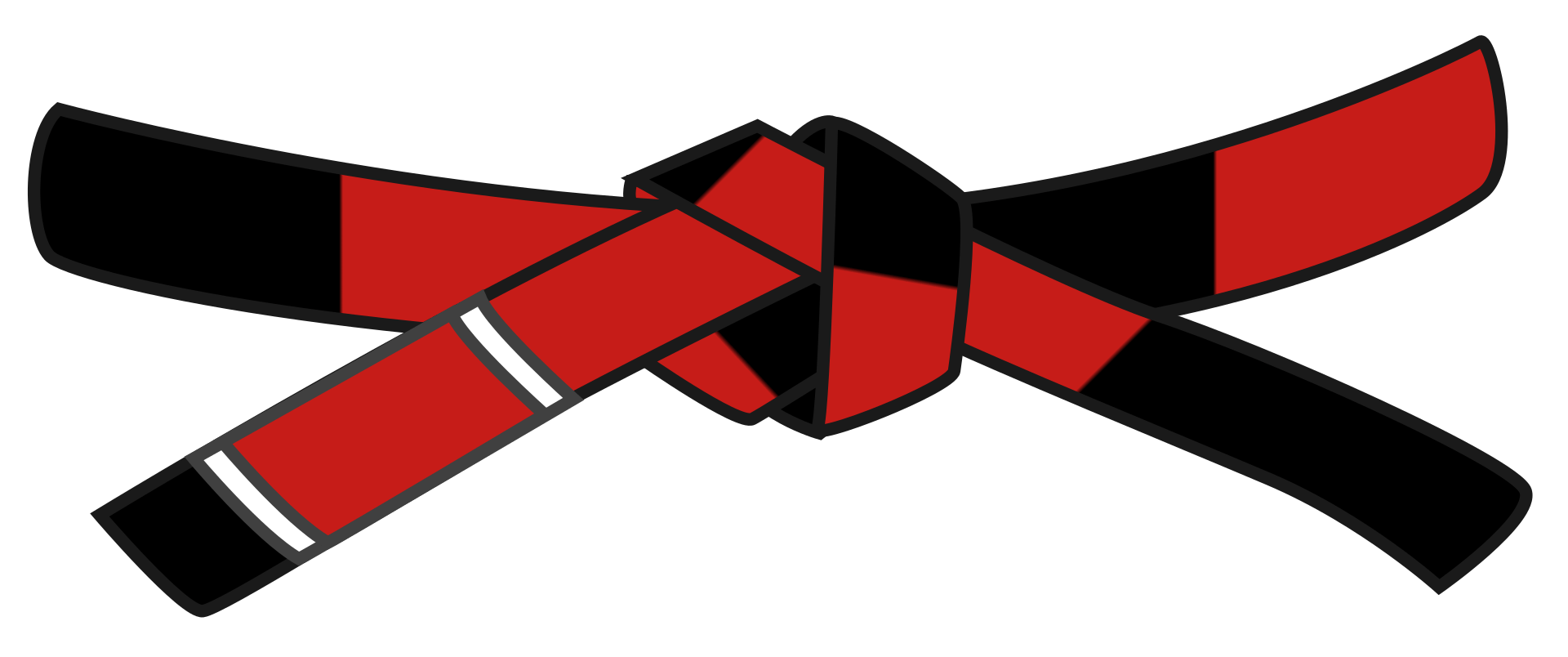 |
| Yellow | 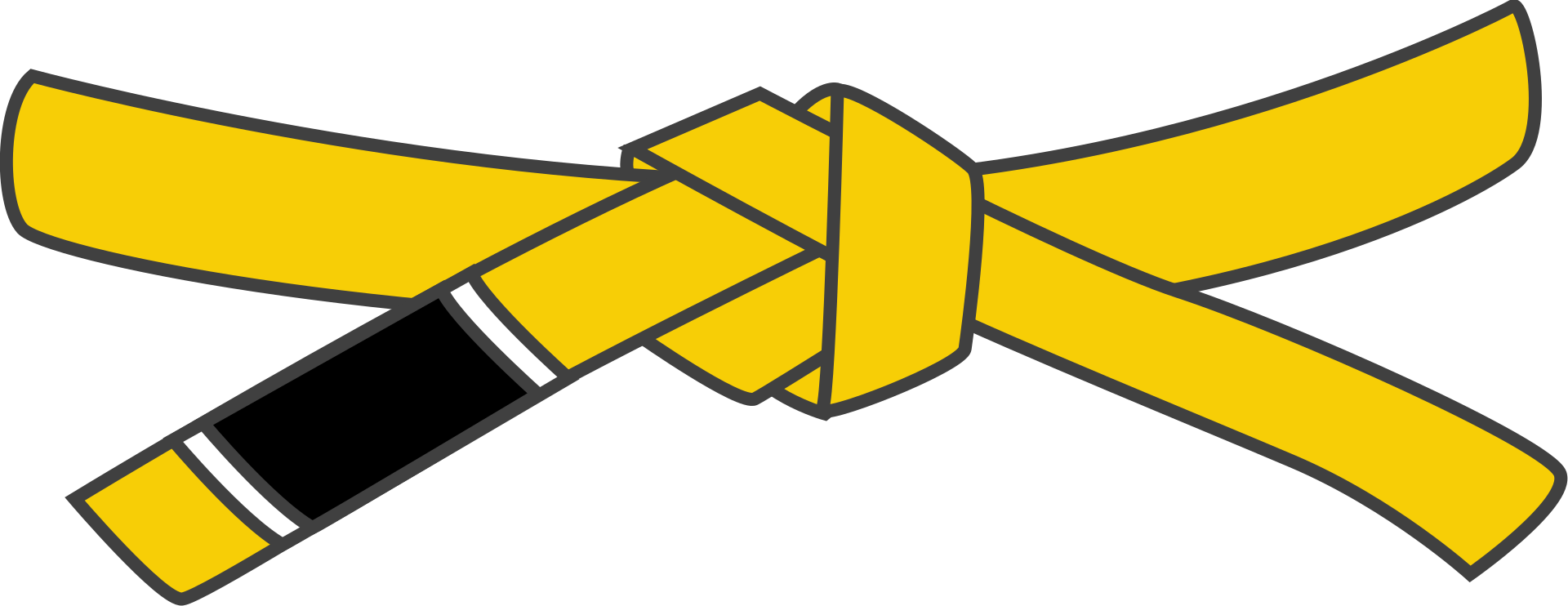 | Purple | 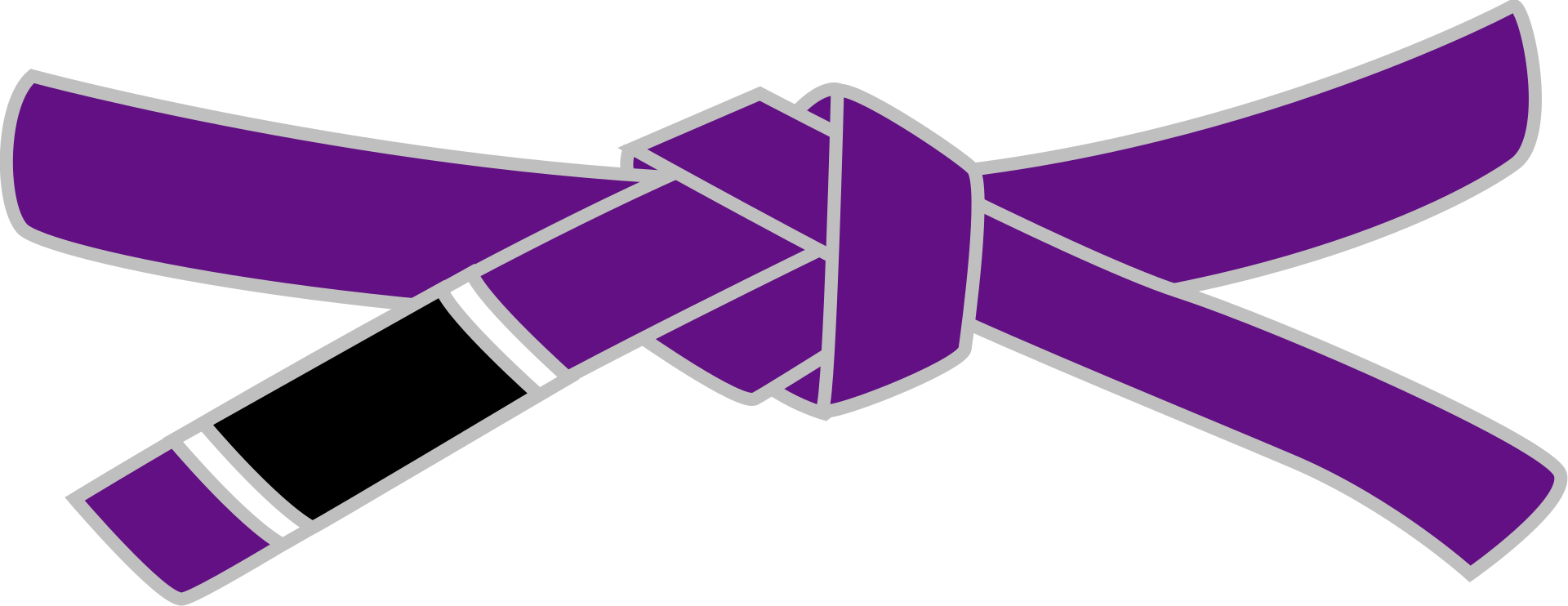 | Red/White (8. Dan) | 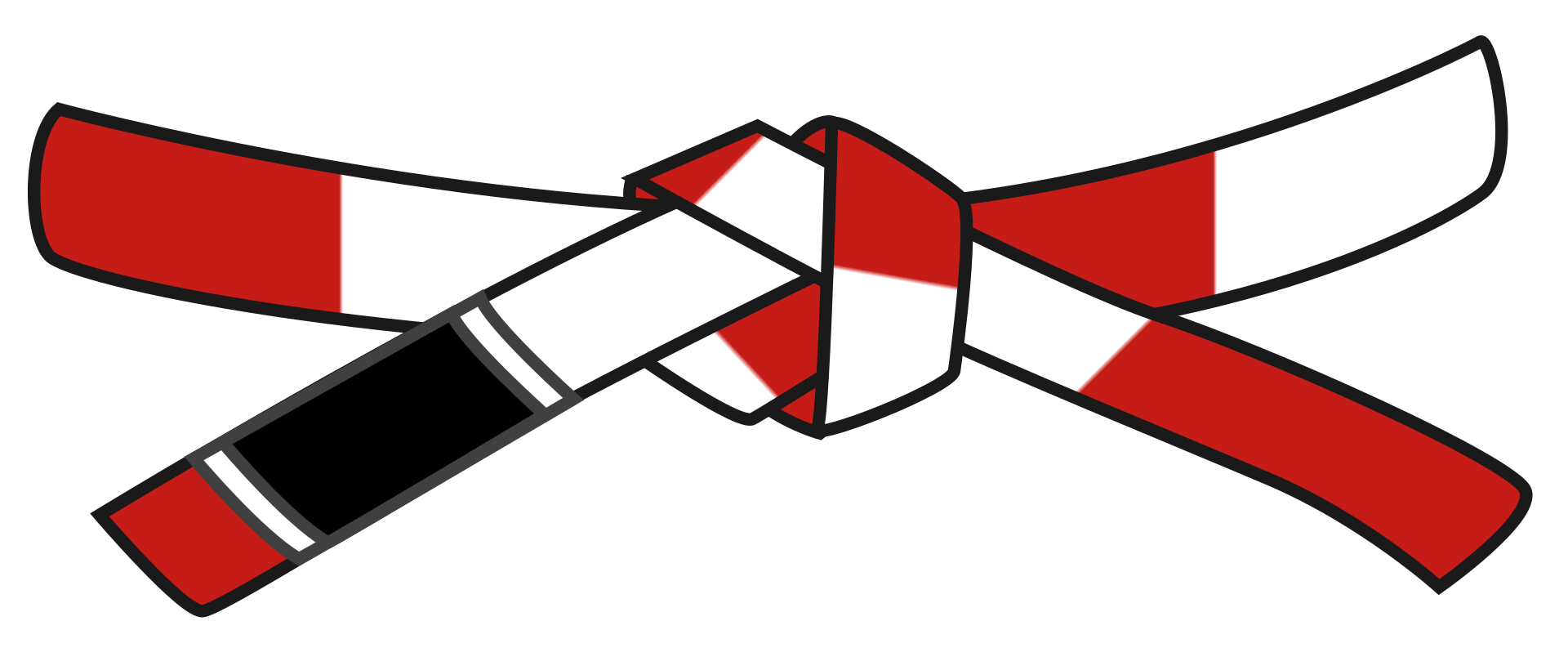 |
| Orange |  | Brown |  | Red (9. - 10. Dan) | 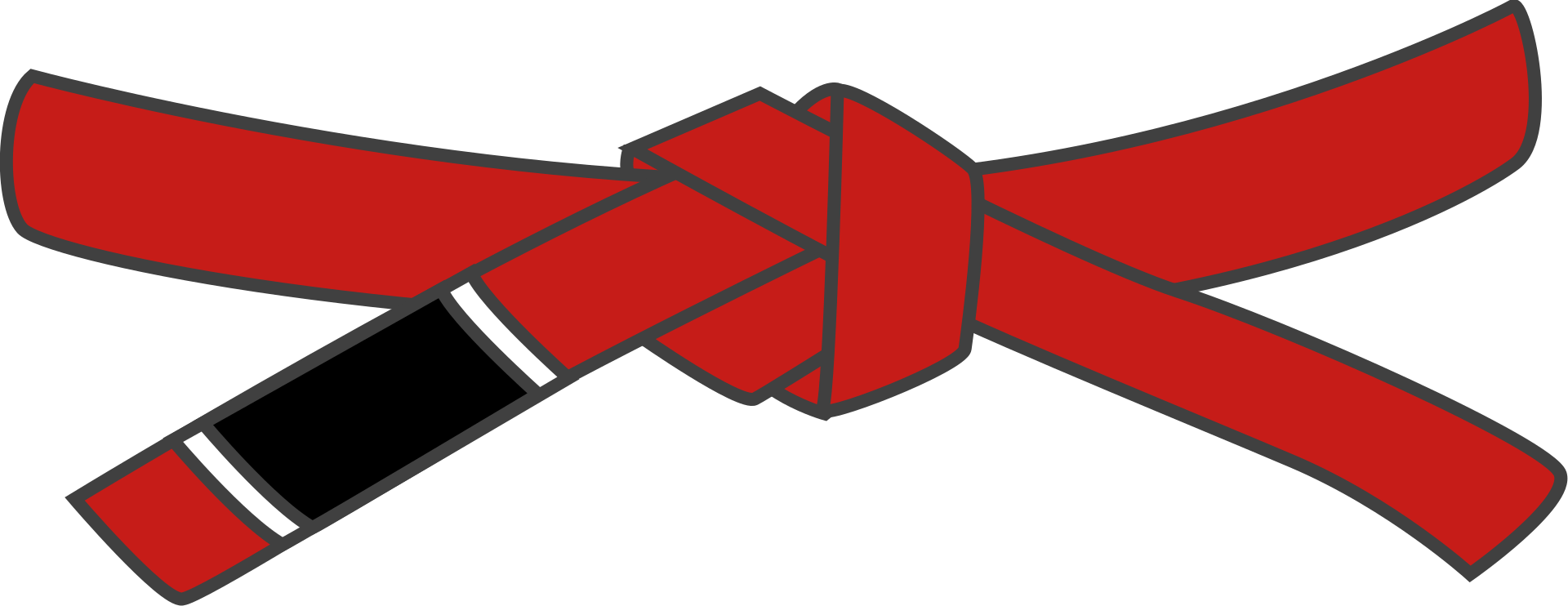 |
| Green |  |

